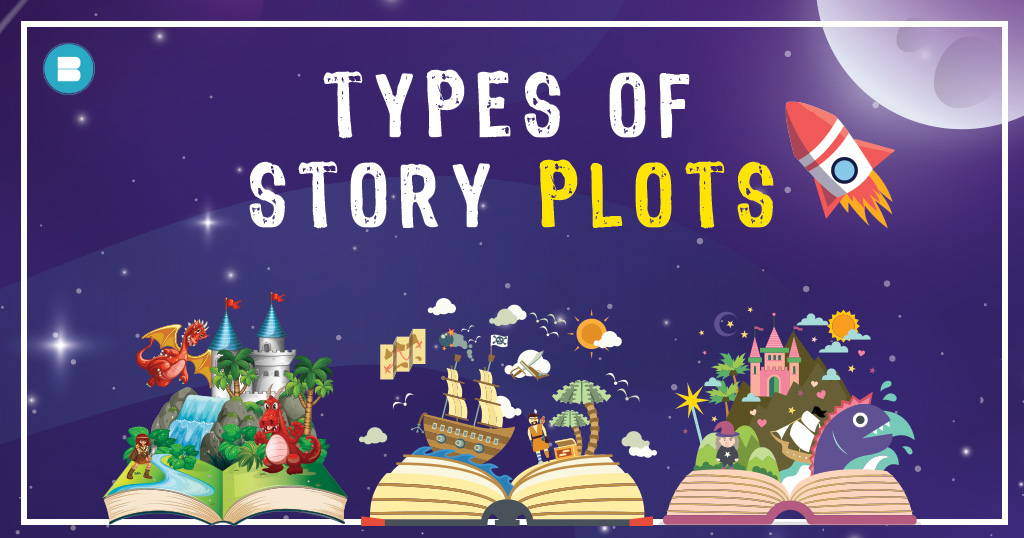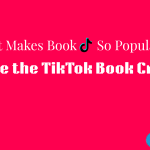How to Write Story Plot?
The series of interconnected events that make up a novel’s narrative is known as the plot. A fictional storyline typically culminates in a climax and a resolution at the conclusion of the narrative. Of course, one of the foundations of good storytelling is the writing of the story plot. Some claim that the plot is the what of the story if characters are the who and the theme is the why.
Read: Complete Guide on How to Self Publish a Book For Free..
How to Write a Fulfilling Plot?
There are six elements necessary for a successful plot:
These are the main plot points in a story, and they are necessary for all forms of creative writing, including novels, screenplays, memoirs, short stories, and other genres. Because they are what give stories movement, tension, and action, even accomplished authors who do not consciously use them do so subliminally in their work.
- Exposition
Characters and the setting are introduced in the exposition at the start of the story. This is where you show your readers what “normal” is for your characters even though this is not where all of your world-building takes place. When we get to the next level, readers will understand what’s wrong because of this.
- Inciting Incident
An occurrence that throws the main character into a difficult situation, upends the status quo, and starts the story’s movement—either in a positive or bad direction—is known as the inciting incident. The climax and denouement mark the conclusion of this movement.
- Rising Action or Progressive Complications
- Dilemma
The moment when a character is forced to make an impossible decision is the most crucial one, and it is what you have been building up to.
- Climax
The big moment is now! The resolution of the conflict is determined by the character’s decision in the dilemma. If you got it well, this will be the most tense—or least tense—moment in the entire story, making your readers uneasy.
- Denouement
You may also like: Top 10 Real Life Stories to Read Online

How to construct your characters according to the need of your story plot?
Now that you have the plot, you need to construct your characters according to the plot. Some pointers for creating a protagonist are as follows:
- Give the main character weaknesses. Heroes and protagonists don’t have to be ideal human beings. In actuality, those heroes are frequently uninteresting. Great characters come from the struggles they go through, and credible characters have weaknesses like real people do.
- Create an arc for the hero. A good character changes in some way during the course of the narrative. The character arc refers to this transition. You can also decide to develop a main character who stays the same, but that choice needs to be deliberate.
The following are some pointers for creating an antagonist:
- Assign morality to the antagonist. Your protagonist should experience a crisis as a result of a villain’s goals. Every villain needs their own moral code, no matter how twisted. Give a villain realistic motivations if they kill off characters throughout the course of the story. Give the reader a clear understanding of the villain’s motivations for their atrocities by making those reasons specific to their background and upbringing.
- Make the antagonist strong. The success of your primary character should not be perceived as being simple by readers. Your antagonist must to be even more potent than your hero, not just comparable.
The following are some pointers for creating secondary characters:
- Make sure they are complementary. The essential roles of secondary characters include helping the protagonist with different skill sets, acting as a sounding board or source of emotional support, falling into difficulty so that the protagonist can rescue them, and even providing comic relief.
- Make them the opposite. The best literary sidekicks are often oppositional and actively work to bring down the main character. Imagine Dr. Watson criticising Sherlock Holmes for abusing drugs. Giving supporting characters contrasting viewpoints enables you to examine your topics, locations, and morally ambiguous situations from a greater range of angles, maintaining complexity and retaining the reader’s interest.
You may also read: WhiteSmoke Review: Features, Pricing, Pros and Cons
















